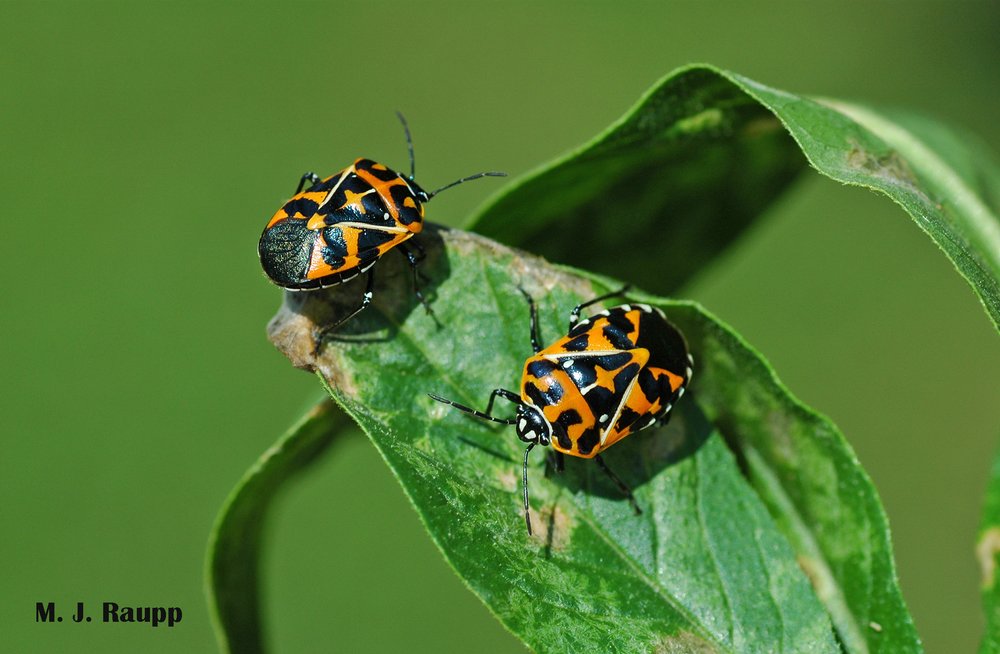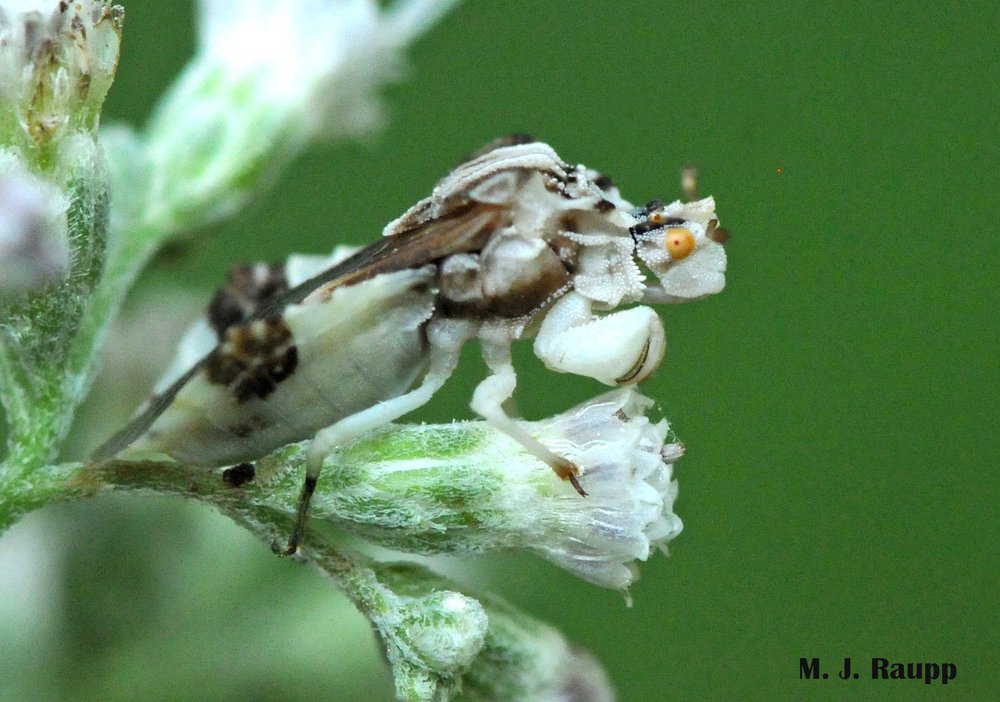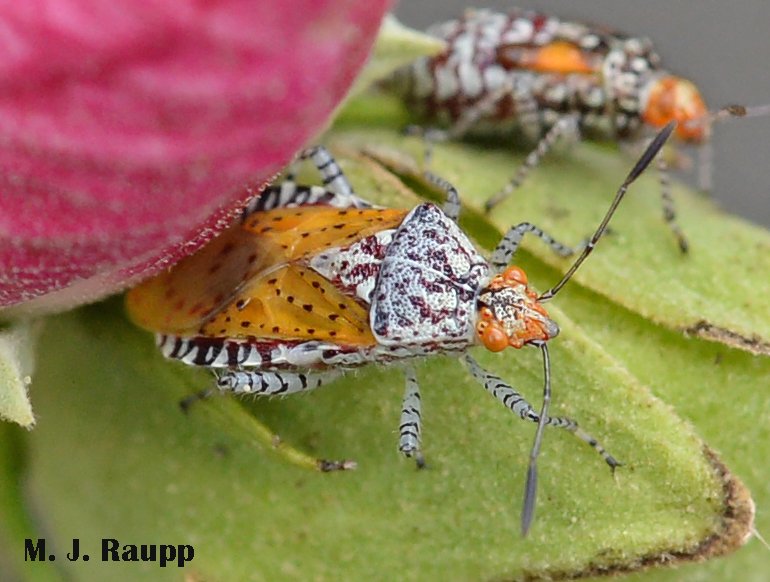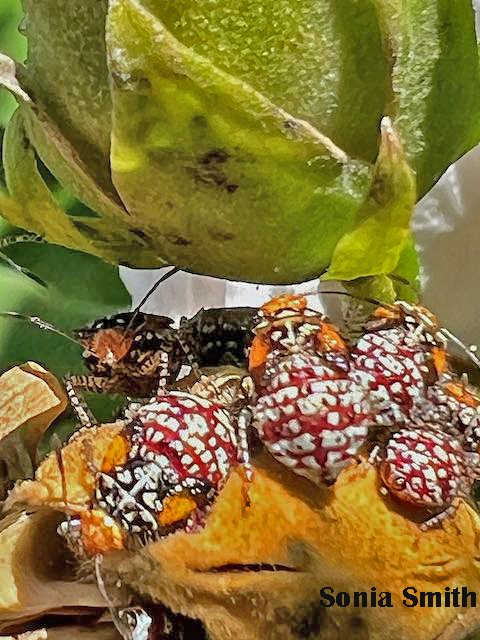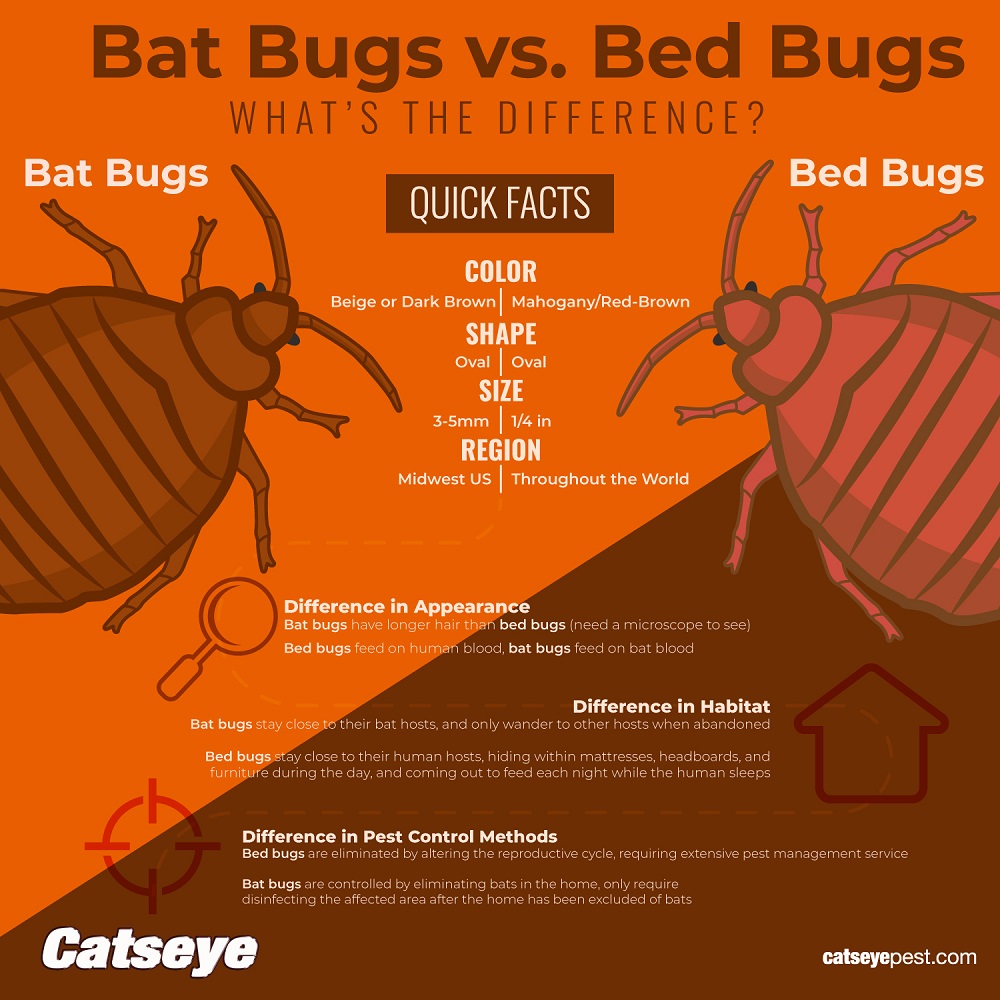Where Do Mosquitoes Go in the Winter?
Whether you love the winter season or loathe the frigid temperatures, there is definitely one thing to love about this time of year. Cold temperatures mean fewer mosquitoes.
Here in the Northeast, mosquito season typically stretches from April through October, with peak activity typically in May and June. Mosquitoes are more than just an annoying buzz in your ear and the sources of numerous itchy bites. These blood-drinking pests can transmit pathogens that cause serious illnesses, such as malaria, West Nile virus, and the Zika virus.
Mosquitoes love warm, wet weather, which is why they are active year-round in the tropics and thrive in spring and summer in summer climates. Mosquitoes are plentiful throughout the region and found everywhere from cities to suburbs to rural areas. But where do they go when the cold rolls in, and how do mosquitoes survive the winter?
Do Mosquitoes Die During the Winter?
Mosquitoes are cold-blooded and incapable of regulating their body heat on their own. As a result, their temperatures are dependent on their environment. These insects thrive in warm weather around 80 degrees Fahrenheit. When the temperature cools to 60 degrees Fahrenheit, they typically slow down. In temperatures below 50 degrees Fahrenheit, the insects can’t function — but they don’t actually die.
How Do Mosquitos Survive the Cold?
To survive the winter, mosquitoes go into a dormant state. Some species have embryos that hibernate in eggs, typically in ice. When temperatures warm and the ice melts, these mosquitoes hatch.
For other species, females hibernate after mating in autumn, often inside hollow logs and animal burrows. Some remain in a state of torpor, with no sign of mental or physical activity. Those are the mosquitoes that may emerge on warm winter days.
Does a Mild Winter Mean Increased Activity in the Spring?
Mild winters often lead to insect-filled spring seasons. Although warmer winter months won’t necessarily translate into larger insect populations, they do cause mosquitoes to come out of hibernation early. If spring is particularly wet, it may cause a longer mosquito season with increased activity.
Catseye Pest Control’s Platinum Home Protection program provides preventive treatments and routine inspections every other month all year long. This can help you tackle mosquito problems early in the season and provide effective control for mosquitoes and other pests, giving you the ultimate peace of mind.
Mosquito Activity and Habitat
Mosquitoes have narrow bodies and hairy wings, but they are best known for their itchy bites and the buzzing sound you hear as they fly by your head. Female mosquitoes feed on plant nectar and blood from animals and people. After feeding, they use the nutrients to produce eggs. While mosquitoes feed, they inject their host with saliva, which may spread various diseases. Males feed only on plant nectar.
As far as habitats are concerned, these insects aren’t too picky. Some like living near humans, while others prefer more remote areas. Mosquitoes thrive in moist areas, including tall grasses, forests, and marshes. They may lay their eggs in water or in moist soil, depending on the species. Mosquitoes can make their home anywhere from lakes and ponds and floodplains to containers filled with rainwater.
How to Make Your Property Less Enticing to Mosquitoes During the Spring and Summer
One of the most effective ways to prevent your property from being overtaken by mosquitoes is to enroll in Catseye’s professional mosquito control. This program uses monthly inspections and treatments using organic products to keep you and your loved ones safe while providing powerful results.
Additional Preventive Tips
Professional control will offer peace of mind. You may also choose to take action around your house and yard to make your property less mosquito-friendly.
- Eliminate Standing Water: Even the tiniest amount of water can serve as a breeding ground containing hundreds of eggs.
- Add Moving Water to Ponds: If you have a water feature, consider adding a fountain or another way to keep the water moving to prevent mosquitoes from laying eggs.
- Use Natural Repellents: Plant lemongrass, lavender, citronella and other mosquito-repelling plants as a natural deterrent.
- Add a Fan: A solid breeze can cause too much disruption for mosquitoes to fly.
- Get Rid of Clutter and Debris: Old junk, rusty grills, and debris piles can all harbor moisture or collect water, making them possible nesting areas.
- Light a Fire: The smoke from a wood-burning fire is an effective repellent.
- Attract Natural Predators: Did you know bats eat about half their body weight in mosquitoes? Adding bat boxes to your property could attract them to roost for natural mosquito control.
Contact Catseye Pest Control Today
Catseye has the experience, expertise, and technology to help keep your property protected from mosquitoes. Enjoy your outdoor space. Contact us to learn more or to schedule a free inspection.
The post Where Do Mosquitoes Go in the Winter? appeared first on Catseye Pest Control.
This article appeared first on Catseye Pest
